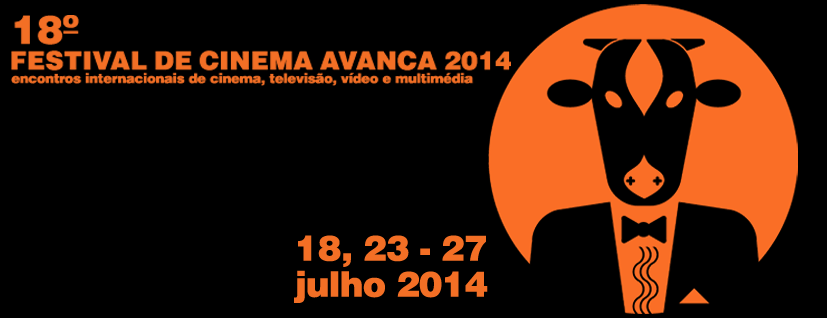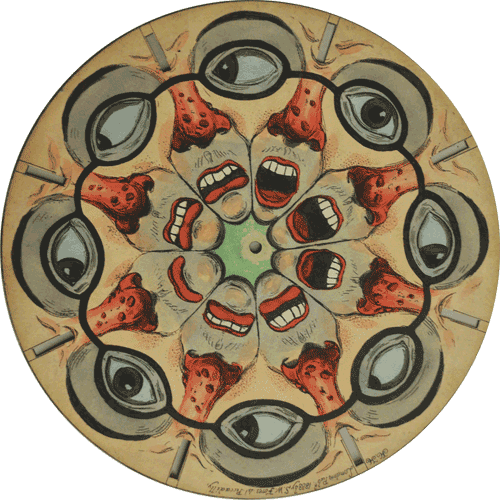
In 24th of July of 2014 I will be presenting the paper Prometeu – Ilusão em tempo real at the Avanca Festival in Portugal.
Leite, L., Redondo, M. (2014) Prometeu, Ilusão em tempo-real. Conferência Internacional de Cinema, Arte e Tecnologia. Avanca.
Prometeu is a multimedia theater play inspired by the Indonesian shadow puppetry, Wayang Kulit. This multidisciplinary project narrows the boundaries between theater and film, past and present, reality and illusion. Merging different art forms brings new experiences to the artists and to the public; in particular the amalgamation of puppetry with film and other disciplines contributes to a new concept, what we can call the performance cinema or ” Live Cinema”.
Using multimedia technologies and cinematic language this project motivates a different paradigm from the traditional reading of the narrative sequence. It promotes the discussion about the boundaries of theater and film, and the role of actors, puppeteers, animators and directors in this particular art form.
Preserving the heritage of traditional shadow theater, Prometeu overcomes the typical physical constraints found in traditional puppet theatre through film and multimedia techniques. Real-time post-production, performance animation or interaction techniques provide a new mean of creation to artists. By using sensors the artists can expand the interaction. By using live cameras the performer becomes the director creating the sequence in real-time. Techniques such as “luma-key”, procedural animation or gesture tracking enhance the live experience making the performer into a sort of magician.
In Prometeu one puppeteer, performs with virtual and real objects and controls all the show remotely.
In this paper we present the methodology and the implementation of our technology as well as the aesthetics and conceptual aspects.







